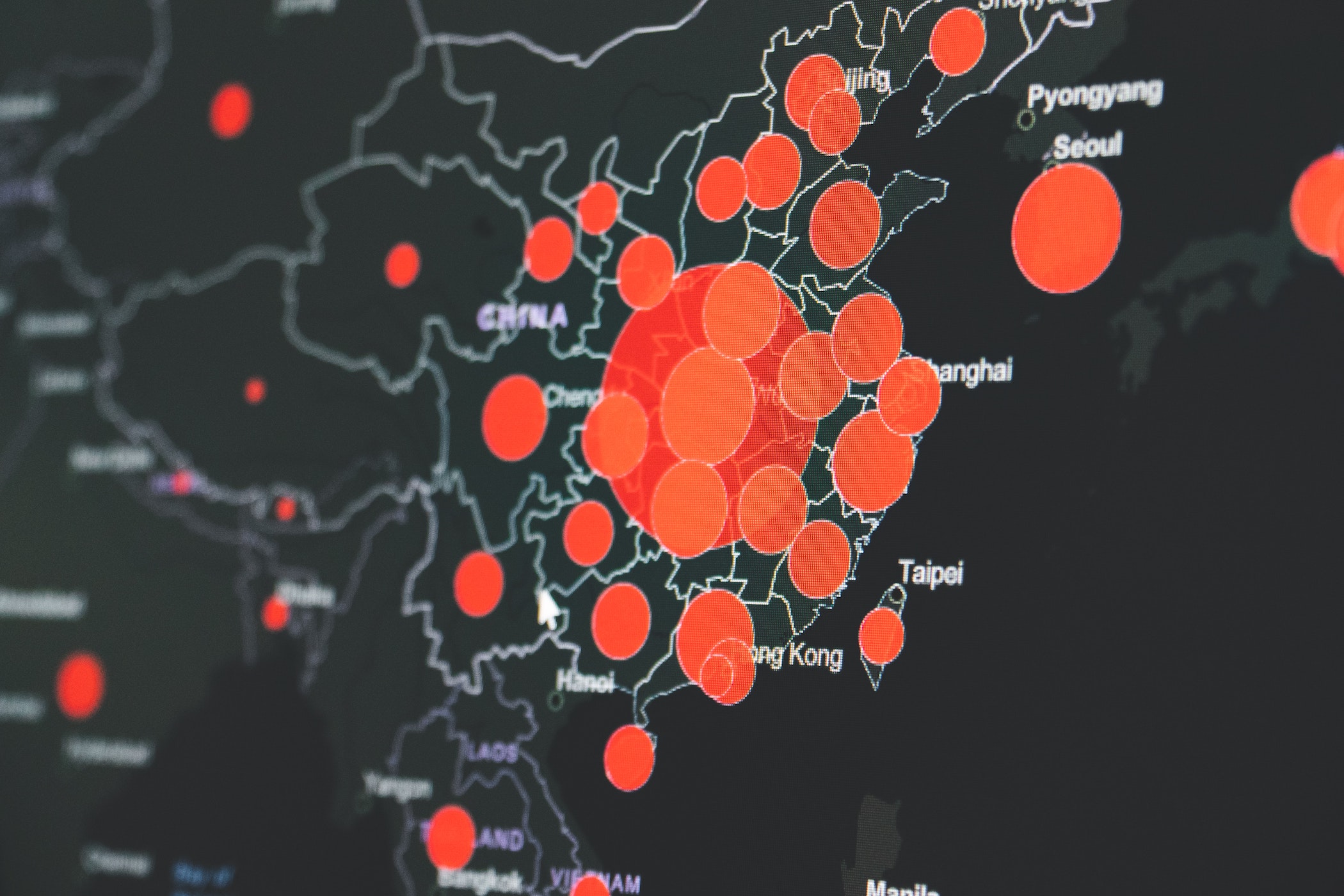There are currently 64 million forced migrants in the world fleeing wars, hunger, persecution and a growing force: climate change. UN forecasts estimate that there could be anywhere between 25 million and 1 billion environmental migrants by 2050. Understanding the climate change-migration nexus will prove instrumental in addressing our current climate emergency.
Understanding the connection between climate change and migration will be a fundamental aspect to tackling both these problematics. Although there has always been a core interdependency between human migrations and climate, the phenomenon of global warming, and the extreme weather, rising sea levels and instability that it brings, has added new layers to this relationship.
Climate change is bringing both gradual yet pervasive environmental change, as well as sudden natural disasters; both of which are influencing the nature and extent of human migrations in different ways. For example, although sudden-onset natural disasters are more likely to result in mass displacement, those affected can often return to their homes. On the other hand, slow-onset disasters and gradual environmental erosion, including phenomena such as desertification, reduction of soil fertility, coastal erosion and sea-level rise, which may be more directly associated with climate change, induce long term migrations. Both are caused by climate change and both require different adaptation and mitigation strategies.
Often, diverse factors such as population growth, poverty, governance, human security and conflict all interact with the climate change aspect. For this reason it is hard to estimate how many environmental migrants there are globally. However, forecasts by the UN International Organization for Migration posit that there could be between 25 million to 1 billion environmental migrants by 2050, moving either within their countries or across borders, on a permanent or temporary basis, with 200 million being the most widely cited estimate. This figure equals the current estimate of total international migrants worldwide and is therefore an alarming prediction that should act as a further wakeup call for public opinion and policy efforts aimed at addressing the climate emergency.
In fact, examples of global migratory crises linked to climate change abound. Possibly the most well documented in the Western world, due to the media hype generated by President Trump’s call for a wall on the US-Mexico border, is the Central American mass migration to the United States. Recent studies and reports on the issue highlight the role of climate change in this migratory crisis, indicating that it is becoming abundantly clear that climate change is a key factor. Average temperatures in Central America have increased by 0.5C since 1950 and scientists believe these will rise another 1-2 degrees before 2050. Furthermore, the amount of storms, floods and droughts in the region continues to rise and the US Agency for International Development predict that rainfall will decrease just as prolonged droughts increase.
A current report by The Guardian shows how El Salvador alone is projected to lose 10-28% of its coastline before the end of the century. In a recent piece by the New Yorker’s Jonathan Blitzer, the plight of the Guatemalan highlands is outlined whereby farmers are unable to grow crops on land that has been productive for centuries: “In most of the western highlands,” Blitzer writes, “the question is no longer whether someone will emigrate but when.” And it is certainly not just a Latin American problem. A new study just revealed that global sea level rise could be worse than expected and the authors claim that, “this could result in land loss of 1.79 M km2, including critical regions of food production, and displacement of up to 187 million people globally.” In a TEDX talk by Professor Grammenos Mastrojeni the connection between climate change and African environmental migration was addressed, highlighting a direct causal link between climate change, land degradation and climate refugees.
What is certain is that there are plenty examples of how climate change is leading to mass migrations, presenting a clear challenge: how will the inhabitants of these regions survive and where will they go if the only alternative is to move on?
Mass migration and climate change are intertwined problems. A planet that is unstable leads to an unstable society, violence and insecurity. As certain areas are more affected than others, at least in the short run, this leads to mass movements of people seeking better and more stable alternatives. Therefore, understanding the climate-migration nexus can become a key to both solving the climate crisis and the migration crisis. If we continue to treat them separately we are failing to see the bigger picture.
-
Read the PNAS study on rising sea levels and its impacts.
-
Watch Grammenos Mastrojeni’s TEDX talk:






